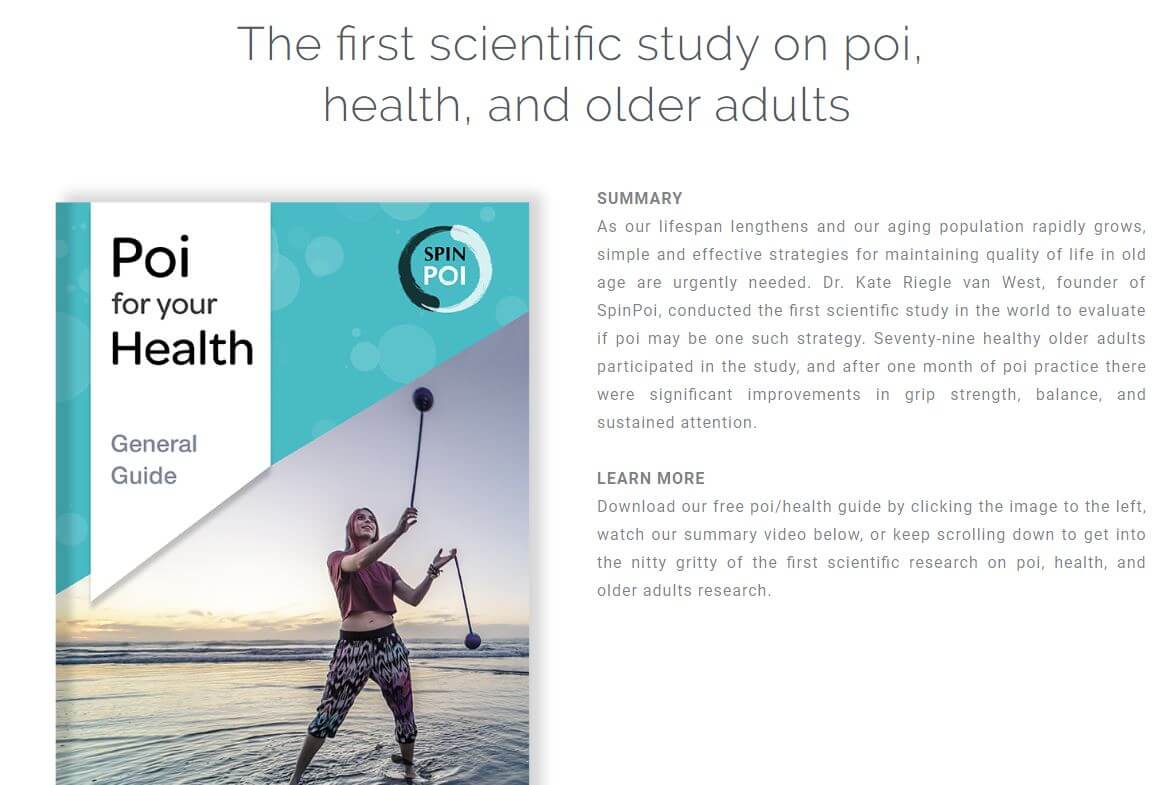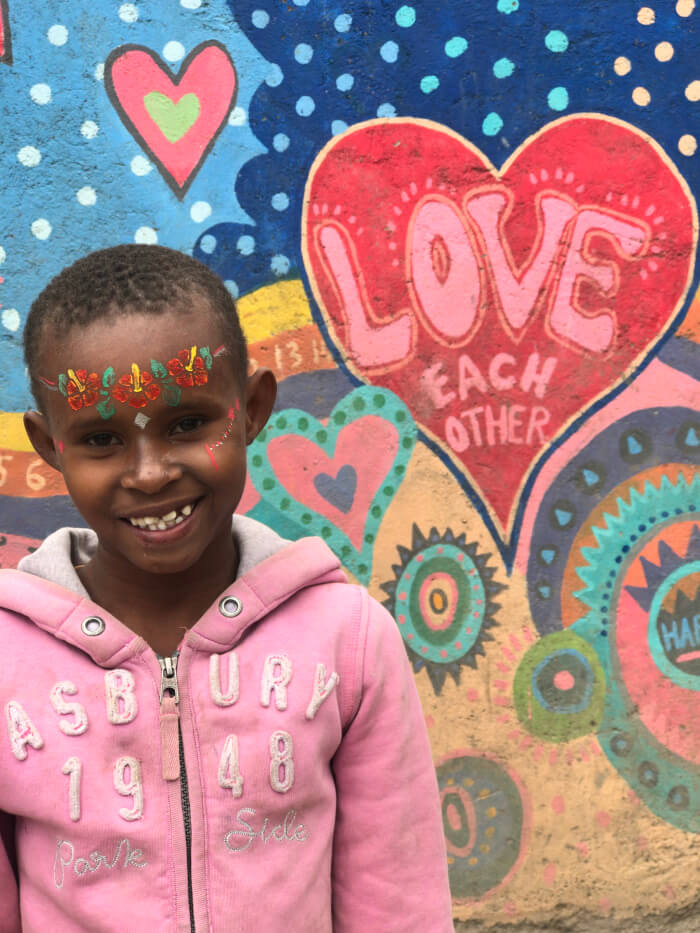Please see our Swiss Cottage Evaluation Report page for our latest research and evaluation project from our successful NSC funded project. Also see our Blackburn Community Feedback Report.
Click here for new research in the field of Physical Literacy saying that Circus Arts Instruction (CIA) in PE is better than traditional sport instruction for being engaging, effective, inclusive and reducing gender bias.
When this is linked with Public Health England’s report that engaging in physical activity at an early age improves physical and mental wellbeing as well as improving academic achievement and increasing the chances of continuing with physical activity into adult life (which has multiple benefits – see our BENEFITS page for more) then its clear that Circus Skills should be taught in all school everywhere – either instead of or alongside traditional sports lessons.
And if that wasn’t enough its just great value for money in terms of Social Return on Investement (SROI): “Focus group results indicated positive impacts for children’s mental wellbeing, socialisation skills, physical enjoyment and resilience. The SROI analysis found that for every one dollar invested, $7 of social returnmay be generated due to participation in a circus-arts program. Improvement occurred across four key areas concerning children’smental health andwell-being; stress relief, self-esteem, confidence and socialisation. Findings from this study indicate the value of investment in the performing arts, highlighting the importance the circus-arts for children’s mental health.” International Journal of the Sociology of Leisure (2019) 2:163–193
At PWB we aim to provide outreach programmes that use social circus to improve the lives of disadvantaged young people. Our aims in terms of research are three fold.
Click below for a link to a recent article on the inclusion benefits of teaching circus skills as part of PE in Wales (see also).
Juggling the timetable: why every school should teach circus skills in PE lessons
Public Health England gives lots of evidence why offering circus skills to young people is beneficial – we come under Promising Principle 5 – “Offering Choice and Variety” and the Mental Health benefits are also promoted by Sports England.
Also both Bolton (2004) in his PhD Thesis on “Circus and Education” and Maglio and McKinstry’s (2008) qualitative study on “Circus and Occupational Therapy” identified the following benefits:
One PWB-UK Manager (South), Jamie Moore, was a research assistant in a recent study on the benefits of teaching Poi to older people. You can see him at work in this video on a typical research day during the study:
https://www.pwb.ngo/physical-literacyThe benefits of teaching poi to older people by Kate VanWest:
https://www.spinpoi.com/health/
This same lady did a PhD on the benefits of learning Poi:
https://auckland.academia.edu/KatevanWest
And a PhD thesis by Tia K. M. Kiez on:
“The Impact of Circus Arts Instruction on the Physical Literacy of Children in Grades 4 and 5”
[NB: This has a great reference list with hyper-links to a lot of great articles too.}

Here are some other related articles on the benefits of social circus:
blind circus benefits of circus arts for people with impaired vision
Circus Arts Therapy® fitness and play therapy program shows positive clinical results.
Circus Arts as Expressive Arts Therapy
